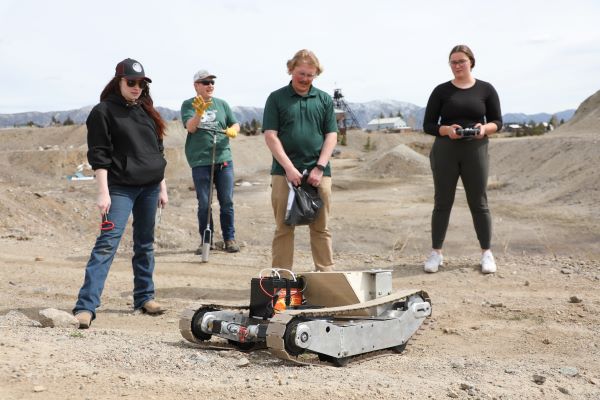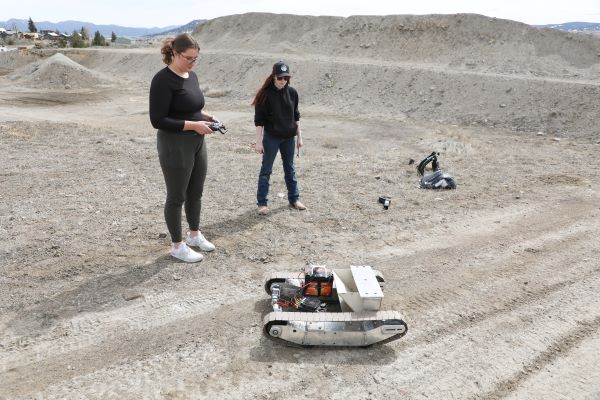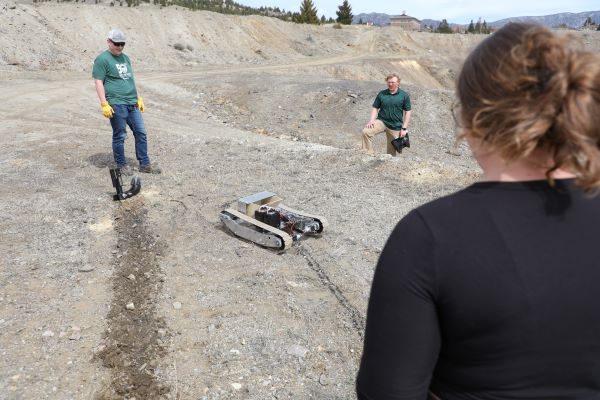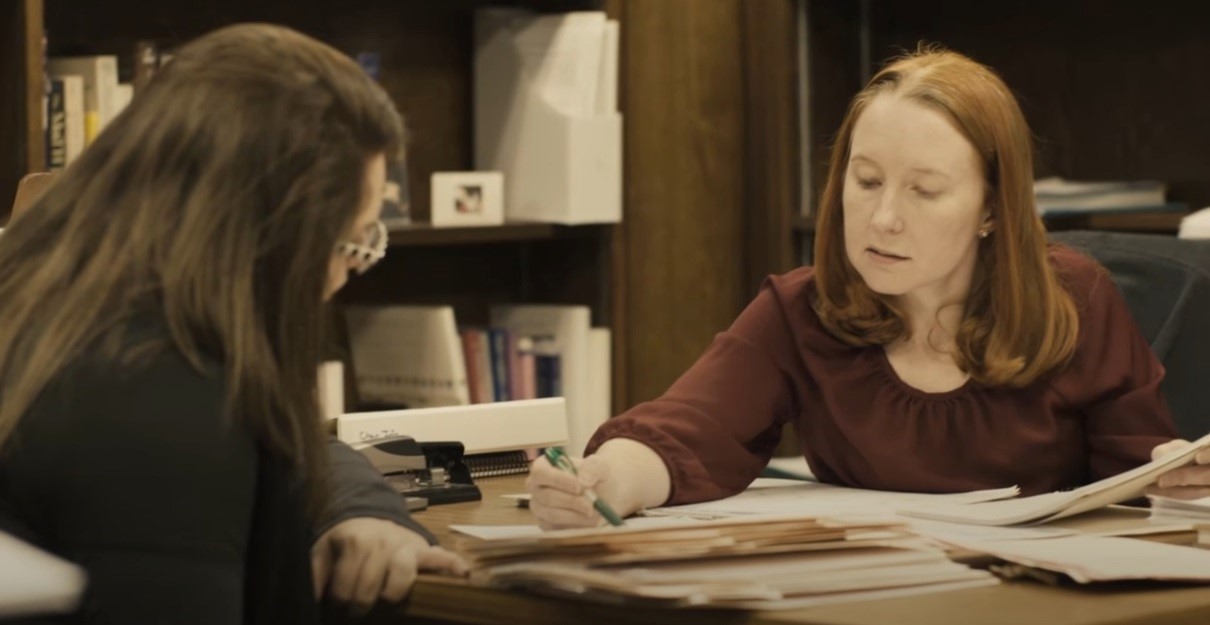Montana Tech students design 2-drone system to remotely remediate contaminated, compacted soils

Students at Montana Technological University have designed a system meant to remediate some of the least accessible contaminated mining sites.
The team consists of environmental engineering members Johannes Chandler, Gavin Rahl, and Benjamin Schrieber and mechanical engineering members Alex D’Antuono, Shelby Draper, and Giovanna Luciano. They plan on testing their design throughout the spring semester.

“There are various mining sites in the state of Montana and across the United States where traditional forms of remediation are either unfeasible or sometimes downright impossible, due to limited access, and potential safety concerns at the site,” said Rahl. “For our project we looked to add a payload system to a drone to reduce risk to human safety.”

The goal of the project is to till the earth and apply a combination of seeds and biochar to begin the soil remediation process. The seniors in Dr. Robin Bullock and Dr. Rick LaDouceur’s capstone design course utilize a double-drone approach.
“We wanted to figure out which equipment was best for remote sites,” said Luciano. “We settled on two types of drones. Ground drones have really great capacity for carrying a lot of material and towing things behind it. We also chose an aerial drone to work along side it because of its capacity to spread material over a large area.”
In order to test the drones, the team chose to use Biochar as the test soil amendment. Biochar resembles charcoal, and is the substance that is left over after biomass has been burned. It is a common soil amendment, is light weight and is a renewable/natural resource. The ground drone has the capacity to haul the weight of the biochar, to till with a rake attachment, and spread the biochar.
“The aerial drone will be following behind the ground drone, so after the biochar is deposited the seeds will be spread,” said Luciano.
The project utilizes an EPA approved native seed mix developed by the Montana Tech Native Plant Program led by Restoration Professor Dr. Robert Pal.
The team will present their research at the 13th Annual Techxpo Design Showcase on April 25, 2024 in the Montana Tech HPER.



